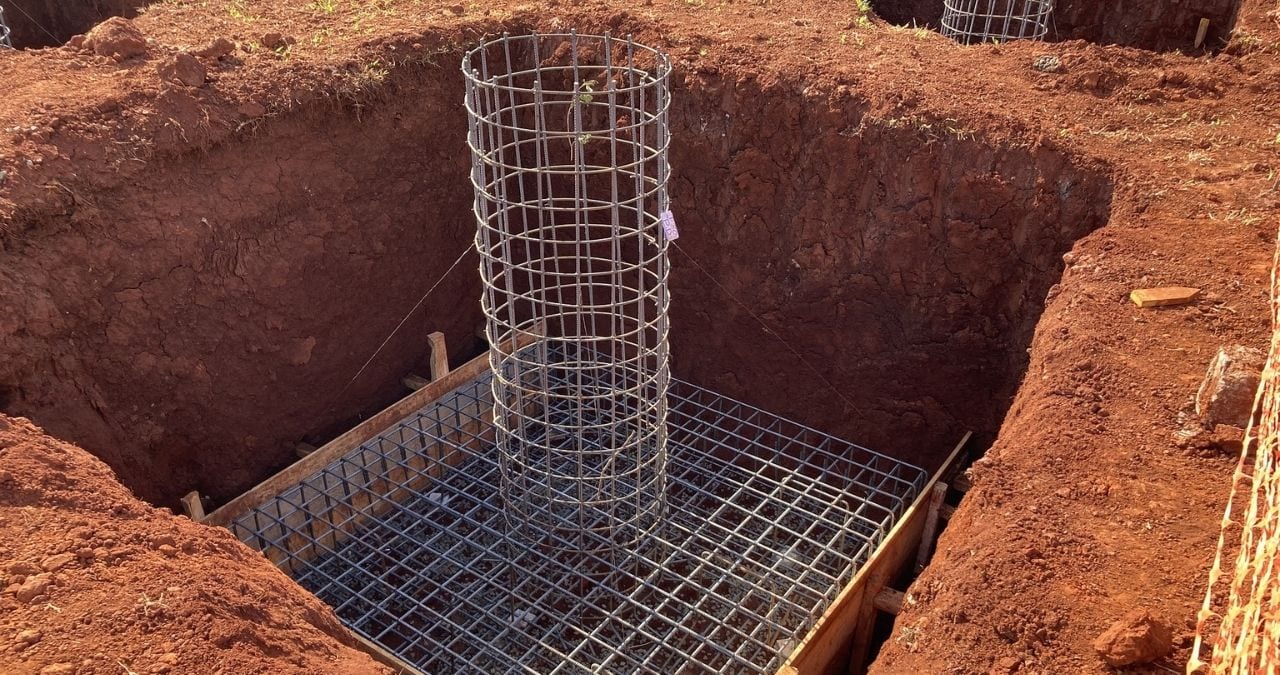Excavation means work involving the removal of soil or sand or rock from earth, Excavation quantity usually calculating in m³ (Cubic meter)
Backfilling means the process used refilling soil (or) sand an excavated area, backfilling quantity usually calculating in m³ (Cubic meter)
Backfilling and Excavation Bill of Quantities (BOQ) are essential components in construction and civil engineering projects, detailing the scope of work and associated costs for excavation and backfill activities.
“Here is a sample of the bill of quantity for excavation & backfilling, formatted as follows
Click here below download button for to download this BOQ
Click here below download button for to download this excavation & backfilling work BOQ
BOQ For Excavation & backfilling Work
| BILL OF QUANTITY FOR EXCAVATION AND BACK FILLING WORK | ||||||
| Si.No | Description | Unit | Quantity | Unit Rate | Amount | Remark |
| EXCAVATION OF EARTH WORK - EXCAVATING WITH ANY MATERIAL | ||||||
| 1 | Removal of Grass, Rubbish,root,and all kind of dumbed material from the site | m2 | ||||
| 2 | Earth Work Excavation , Depth is not Exceeding 1.50 m | m3 | ||||
| 3 | Earth Work Excavation , Depth is not Exceeding 4.0 m ( Rate is over corresponding basic item for depth up to 4.0m) | m3 | ||||
| 4 | Earth Work Excavation , Depth is over 4.0 m ( Rate is over corresponding basic item for depth over 4.0m ) | m3 | ||||
| 6 | Filling with available excavated earth (excluding rock) in trenches, plinth, sides of foundations etc. in layers not exceeding 20 cm in depth, consolidating each deposited layer by ramming and watering, lead up to 50 m and lift u pto 1.5 m | m3 | ||||
| 4 | Remove surplus excavated material from the site | m3 | ||||
| BACK FILLING BY IMPORTED SOIL INCLUDING OF FILLING BY LAYERS, LEVELLING , AND WELL COMPACTION | ||||||
| 5 | Providing and laying (consolidated thickness) hard core fill (Stone soiling), under footing, paving's and other locations, with approved hard stones of size 150-200 mm and down, thoroughly filled with smaller chips, Dry soiling and consolidated to require level complete | Item | ||||
| 6 | Supplying and filling in plinth with fine sand under floors including, watering, ramming, consolidating and dressing complete | m3 | ||||
| 7 | Back filling, Earth filling into excavation , Depth is not Exceeding 1.50 m | m3 | ||||
| 8 | Earth filling into excavation , Depth is not Exceeding 4.0 m ( Rate is over corresponding basic item for depth up to 4.0m | m3 | ||||
| 9 | Earth filling into excavation , Depth is above the 4.0 m ( Rate is over corresponding basic item for depth over 4.0m | m3 | ||||
| Sundries | ||||||
| 10 | Anti-Termite Treatment :- Providing and injecting chemical emulsions for pre-construction anti-termite treatment and creating continuous chemical barrier under and all around the column pits, wall trenches, top surfaces of plinth filling, junctions of walls and floors, along the external perimeter of buildings, expansion joints, over the top surface of consolidated earth on which plinth protection is to be laid, surrounding of pipes and conduits etc. | Item | ||||
| Total Amount For Excavation and Back Filling Work | ||||||
